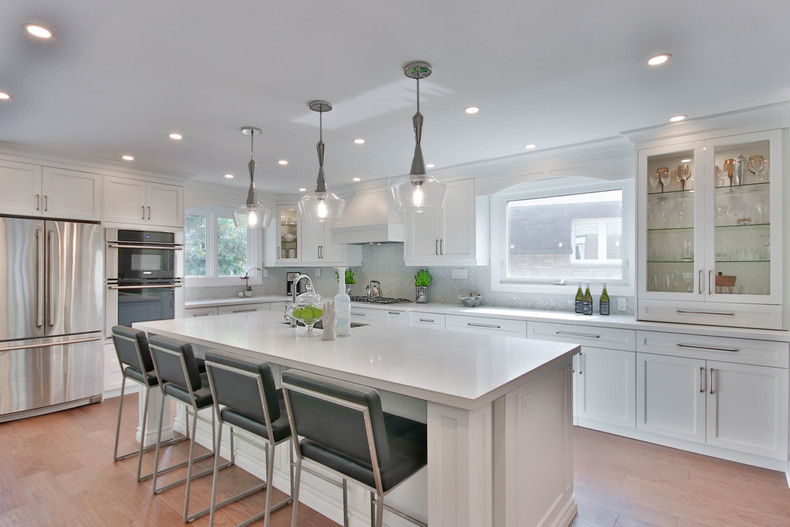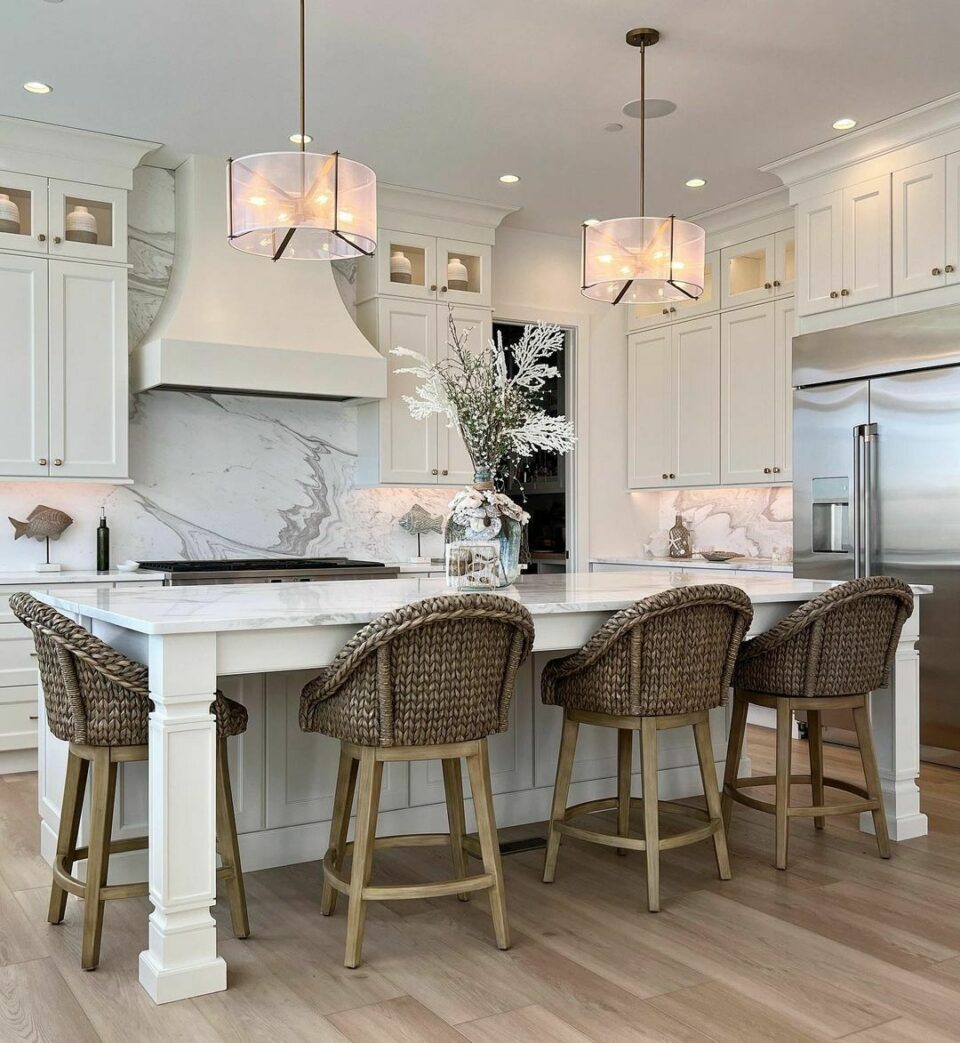Discover Modern and Classic Styles in Legs For Kitchen Island Projects
Discover Modern and Classic Styles in Legs For Kitchen Island Projects
Blog Article
An Overview to Choosing the Perfect Legs For Kitchen Area Island for Your Home
Picking the perfect legs for your kitchen area island is a nuanced choice that influences both the functionality and visual charm of this main room. Factors such as height, materials, and style play an essential duty in harmonizing your island with the overall kitchen area layout. In addition, understanding the significance of stability and maintenance can considerably affect your option. As you take into consideration these components, it becomes evident that the best legs can transform not only the look of your kitchen but also its usability for many years to find. What particular functions should you prioritize in this choice process?

Understanding Kitchen Area Island Legs
When selecting legs for a kitchen area island, it's vital to recognize their functional and aesthetic functions in the total design. The legs work as a crucial support group, making certain stability and longevity for the island, which typically operates as a workspace, dining area, or collecting place. The choice of material and construction method have to be robust sufficient to stand up to day-to-day usage and potential wear.
In addition to their structural obligations, legs add dramatically to the island's aesthetic allure. They can enhance the kitchen's style, whether through standard, contemporary, or eclectic styles. The height and proportion of the legs are likewise important factors to consider; they should balance with the island's kitchen counter elevation while making certain comfortable seating for those using the room.
Moreover, the leg style can influence the general flow of the cooking area. Open, ventilated leg designs can develop a feeling of lightness, while solid, substantial legs may convey an extra based and secure aesthetic - Legs For Kitchen Island. Comprehending these practical and aesthetic facets will direct property owners in making informed options that complement their cooking area's layout and improve its usability
Popular Styles and Products
The option of legs for a kitchen island includes a selection of popular designs and products, each offering distinct features that can enhance both performance and visual appeals. Conventional legs commonly exhibit elaborate information and craftsmanship, enhancing traditional cooking area designs.

Height and Security Factors To Consider

Stability is another essential consideration. The legs of the kitchen island need to supply sufficient support, making certain that the structure can withstand day-to-day use without wobbling or shifting. Product selection plays a significant function in stability; steel legs, for instance, have a tendency to offer better strength contrasted to wood. In addition, guaranteeing that the island is firmly anchored to the flooring or wall can improve stability, especially for bigger islands that may birth significant weight.
Matching Your Kitchen Area Visual
Selecting the ideal legs for your cooking area island goes beyond performance; it additionally plays a significant function in the general visual of the space. When choosing legs, think about the layout style of your cooking area. For a contemporary look, smooth steel or minimal designs can create a clean, contemporary vibe. On the various other hand, rustic or traditional kitchen areas usually take advantage of wooden legs with elaborate outlining or a troubled surface, boosting heat and personality.
Shade is an additional critical factor. Legs that complement or comparison with your island's surface area and bordering cabinets can produce visual harmony or striking centerpieces. For example, coupling dark timber legs with a light marble kitchen counter can add depth and passion. Additionally, consider the coating of the legs; matte, shiny, or textured finishes can significantly influence the total feel of the kitchen.
Setup and Maintenance Tips
Mounting kitchen area island legs requires cautious attention to information to guarantee both security and aesthetic allure. Begin by choosing a suitable area for your island, ensuring it is degree and has sufficient room for motion. Make use of a stud finder to find wall surface studs if you are connecting the legs to a wall surface or utilizing braces for added assistance. Mark the placement of the legs precisely prior to drilling.
When securing the legs, make use of high-quality screws and, if required, timber adhesive for extra stamina. For steel legs, ensure that you are utilizing suitable anchors and tools to avoid damages to your floor covering. It is recommended to look for levelness after installation, making adjustments as needed to stay clear of wobbling.
Upkeep is equally important for longevity - Legs For Kitchen Island. Routinely inspect the legs for any type of indications of wear or helping to loosen, particularly in high-traffic areas. Clean the legs with an appropriate cleaner, preventing rough materials that might scratch the surface area. For wood legs, consider using a wood conditioner periodically to maintain their surface. By adhering to these installment and maintenance suggestions, you can ensure that your kitchen island legs continue to be both visually attractive and practical.
Final Thought
To conclude, picking the appropriate legs for a kitchen area island requires mindful factor to consider of elevation, stability, and aesthetic compatibility. By choosing appropriate materials and styles that align with this link the overall kitchen area style, functionality can be improved while keeping visual charm. Proper installment and ongoing upkeep further add to the resilience and long life of the kitchen area island. Ultimately, thoughtful leg choice plays an important duty in raising both the practicality and style of the cooking area area.
When selecting legs for a cooking area island, it's essential to understand their visual and functional functions in the total design. Open, ventilated leg styles can develop a sense of visit this web-site agility, while solid, substantial legs may communicate an extra based and secure visual. The legs of the cooking area island ought to supply ample assistance, guaranteeing that the structure can stand up to everyday usage without moving or wobbling.Setting up kitchen area island legs calls for mindful focus to information to ensure both security and visual appeal.In verdict, selecting the ideal legs for a kitchen area island necessitates mindful consideration of height, security, and aesthetic compatibility.
Report this page